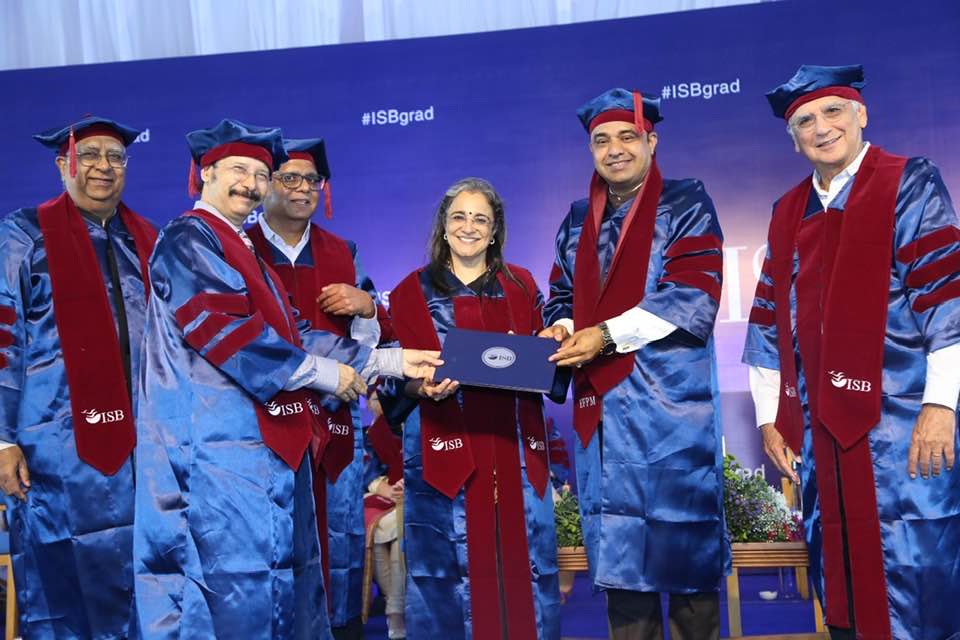
It is imperative to develop and execute a strategy of “making India the skill capital of the world.” The world will likely face a labour deficit of 6% and 11% in 2025 and 2030, respectively. India has the highest population at approximately 1.437 billion, with a workforce surplus of 245 million, whereas the world is facing an aging population problem.
The current migration process from India (Country of Origin) to the Country of Destination (COD) is complex and influenced by irregularities. The resultant cost of migration (for study or jobs overseas) through remittances of foreign currencies, both in the legal and illegal form (often due to the involvement of agents, including unscrupulous elements), is very high.
I am proud to conduct a very high-level Doctoral Research on “Designing a robust system for skilling young workforce from India to enhance overseas migration outcomes” for more than four years under the committee comprised of Prof Chandan Chowdhury (Chair), Senior Associate Dean & Practice Professor, Indian School of Business, Prof M P Jaiswal, Director IIM Sambalpur and Dr Pratap Sundar, Academic Director, Indian School of Business which lead to conferring “Doctorate “to me by prestigious Indian School of Business(ISB) at the Hyderabad Campus in a convocation ceremony held on April 5th 2024.
In this research, we conducted an in-depth analysis of 10404 primary data points collected from different stakeholders and “Devised a robust system for skilling and overseas migration of young workforce from India to: a) Reduce the ‘Cost’ (C) of the skilling and migration process, b) Reduce the ‘Lead time’ (LT) of the skilling and migration process, c) Maximise the ‘Yield’ (Y) (% of trainees/skilled professionals getting jobs overseas), d) Minimise the ‘Risk’ (R) (not getting employed after migration, underemployment after migration, and fraud by unscrupulous agents, etc.) and e) Minimise the “Illegal migration.”
The findings of our research have significant implications for international organizations such as IOM, United Nations, ILO, the Government of India, Governments of Countries of Destinations (CoDs) etc.’, to leverage the findings in developing a mechanism for the free movement of people from countries with surplus labour to countries with deficient workforces. The findings of this research will also help reduce illegal migration, & outward remittance, providing a legal pathway for young workforce from India aspiring to work overseas and increasing inward remittances.
